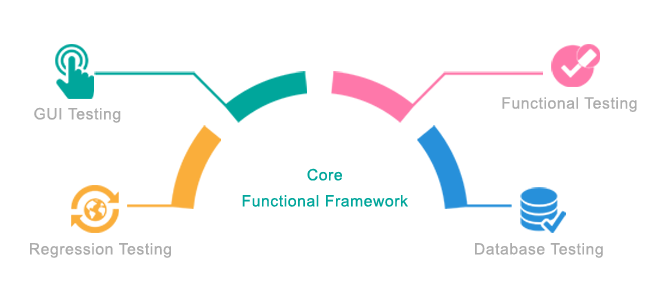Functional Testing In The Agile Environment: Challenges and Best Practices
Software development has turned out to be one of the most competitive businesses today. With maximum emphasis being laid on quality, the testing process, the skill and expertise of the team working on the particular software product along with various other factors are made to determine the overall quality of the end product. Now, the emergence of the agile environment, which is very much in contrast with the traditional software testing scenario, focuses more on the Product Back Log Item and the User Story. Testing in the agile environment is directed more towards completing the User Story and getting the customer feedback early in the process.

The Importance of Functional Testing
Functional testing is one of the most crucial aspects of software testing because it puts utmost importance on testing the interface between the applications. This ensures that the product works just the way it is expected to. In this type of testing, the testers offer extreme confidence to the developers and work vigorously towards confirming that the product is ready for release without delay. Functional testing automatically calls for a much-planned approach to pave the way for maximum test coverage, consistency and reusability of the testing efforts.
The Different Stages in Functional Testing
When functional testing is carried out in the agile environment, there are certain challenges that crop up and also several best practices to overcome the difficulties and ensure an effective testing procedure. Let us take up each step and the challenges and solutions associated with them for a better analysis and understanding.
Test Requirements Gathering
In this very first stage of the functional testing procedure, challenges come in the form of lack of a clear and complete set of requirements. Also, changes keep coming to the requirements, which call for potential delay in the process.
To mitigate these challenges, product feature presentations are organized by the business team. In the agile environment, it is an established practice to demo every iteration to make sure that the requirements are well understood. A traceability mix is prepared to trace the connection between the features, requirements, test cases and issues. A similar traceability matrix is used for the requirement changes as well. Testers, working on functional testing, must collaborate with the development team throughout the lifecycle of the testing till the release of the product. It is imperative for the tester to be a part of all requirements related discussions.
Test Planning and Strategizing
Understanding the test plan and determining what to test and what not to test is a major challenge in the process. Some of the best practices in this stage of the process involve getting the traceability measures reviewed and approved and planning the test plan with the development plan. As far as test strategy is concerned, it is necessary to prepare a consolidated functional test coverage matrix and make use of an extensive decision model while fixing upon the test matrix for each testing cycle.
Test Execution
Execution is definitely the most important part of functional testing in the agile environment. However, there are typical challenges associated with it. Product complexity takes up a lot of time in setting up the right test environment. Blocking issues in the product functional areas further call for extensive re-planning, which often puts the entire testing plan at stake.
There are specific ways in which test execution can be made smoother and hassle-free. Some of these include
- Setting up a process to build the intermediate product well prior to the formal QA handover.
- Establishing a knowledge repository of various problems that have cropped up during the test environment setup.
- Working with the development and other teams to make the install and configuration instructions extremely detailed.
Once the execution goes off well, functional testing in the agile environment can be considered largely successful. The last stage that involves reporting of the test results can be undertaken efficiently by keeping the result summary report and test result template spreadsheet ready beforehand.


















